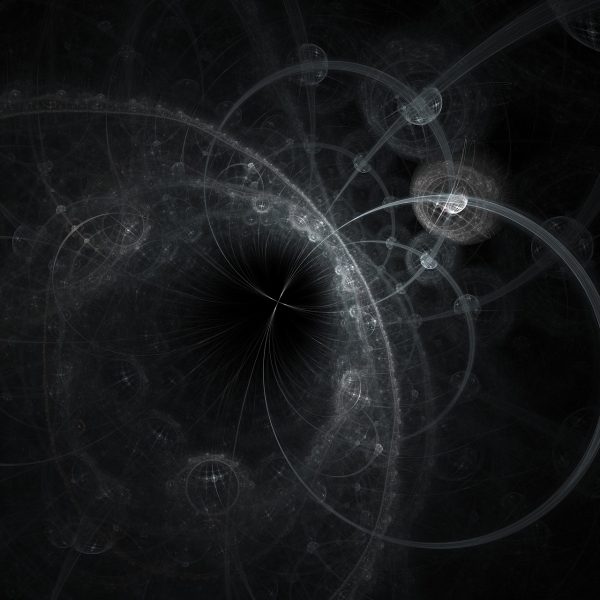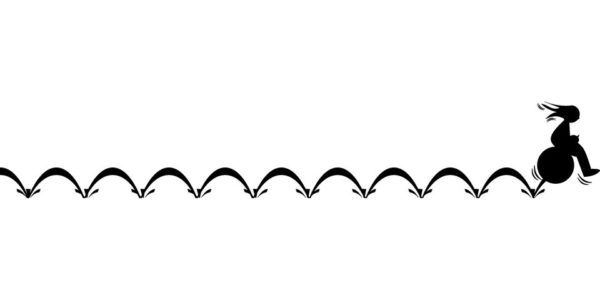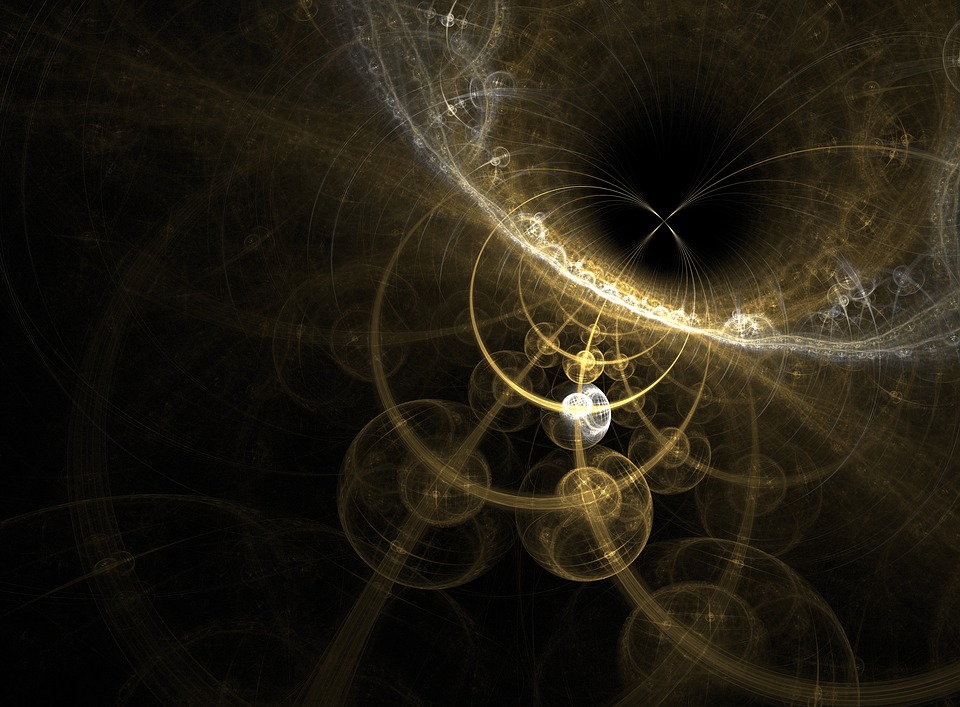PHYSICS: Schrodinger’s Cat Gets a Cheshire Grin
“I’ve often seen a cat without a grin,” thought Alice. “But a grin without a cat! It’s the most curious thing I ever saw in all my life!” It’s an experience eminent physicist Yakir Aharonov can relate to. Together with fellow Israeli physicist Daniel Rohrlich, he’s shown theoretically how a particle might show its face in a corner of an experiment without needing its body anywhere in sight. To be more precise, their analysis argues information could be transferred between two points without an exchange of particles. The theory dates back to 2013 when researchers based in the US and … Read more












